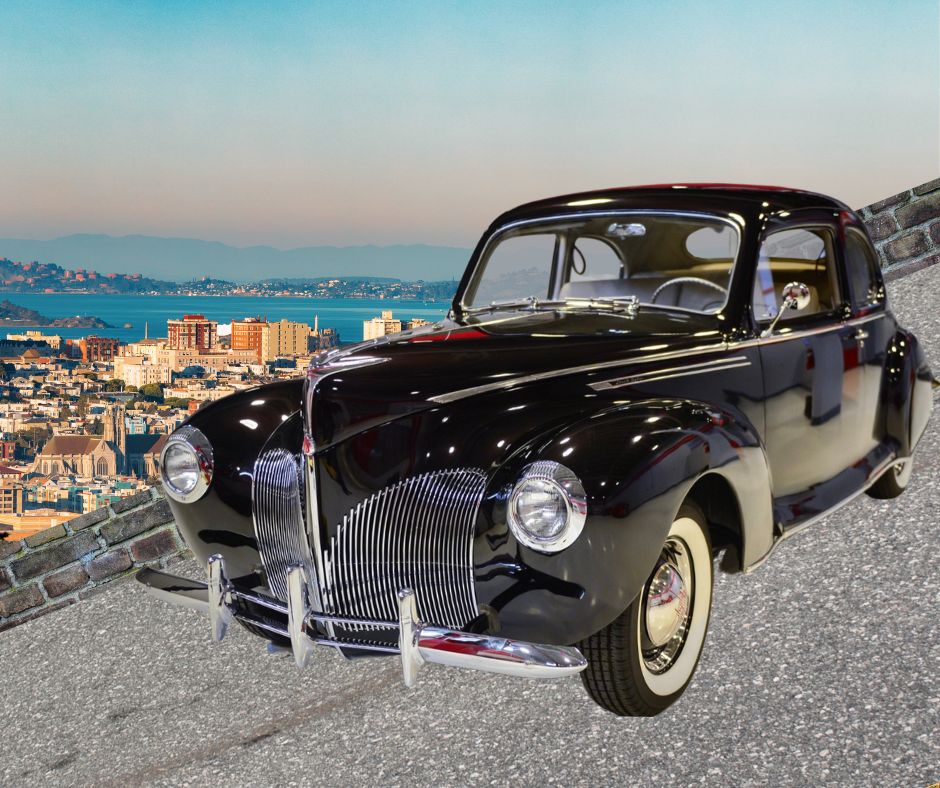I’ve been down some research rabbit holes lately. Usually, it starts with a pile of books, ranging from time and place references (my favorite is San Francisco in the 1930s: The WPA Guide to the City by the Bay) and lately non-fiction histories about newspapers and, more specifically, reporters’ effect on trauma victims. Books are a natural starting point, my comfort zone.
But recently, I needed to figure out where a very wealthy young widow might live in San Francisco in 1945. I went through so many real estate web-pages with year appropriate search terms, finally finding a penthouse with a view that looks like my protagonist’s recently-passed husband might have bought and decorated it around his needs (2006 Washington in Pacific Heights, next door to the the Spreckels Mansion because it was recently for sale and had posted a virtual tour).
That decided, I needed to get my protagonist from 5th and Mission (her work address) to her home, without crossing Market Street, because she’s trying to avoid a riot. That was impossible. I finally settled on her crossing over at Hayes. That worked.
Then I had to admit she wouldn’t be driving herself. She’d have a driver, her former husband’s driver. But what kind of car would it be? (There are obviously so many ways to avoid just writing down the story.)
But THIS is where I started to have fun. I posted on Facebook about my search for a sedan that would have been purchased by a wealthy single man with a driver, before World War II. My college and Facebook friend Dan Gurovich, it turns out, is a car specialist.
Dan said, “I used to advise people which cars to get for movies. They had to be period-correct. In 1945 you couldn’t, or wouldn’t get a new car or anything for that matter that was built after the 1942 model year (August 1941 production date). If you were wealthy, you drove a Buick, Lincoln, Cadillac or Mercury. Wealthy men often drove coupes if it was a two-car family (rare, but depending upon wealth, that was a big option). If the woman is married, she would have a family car. It would need some power for the hills of SF, and it would be a “Mini Van” for that period.”
But when I told him the woman had no children, Dan gave me plenty of options but recommended a 1940 Lincoln Zephyr Sedan, black, V12, with plenty of power. He said it would have been a pre-war statement car for her husband and practical for her.
Thanks Dan!
It took all that research to make two paragraphs of the first chapter. It’s the thing about historical fiction. So much fact lies under the story. The reader doesn’t need all the details. But the writer needs to know exactly how things work in order to keep going with verisimilitude.
I’m looking for some more experts to contact about 1940s newspapers and women serving in the WACs in World War II, and anyone who knows a lot about how sexual assault victims would have been “processed” by the police and medical establishment in 1945. Please reach out if you have a lead.

Leave A Comment